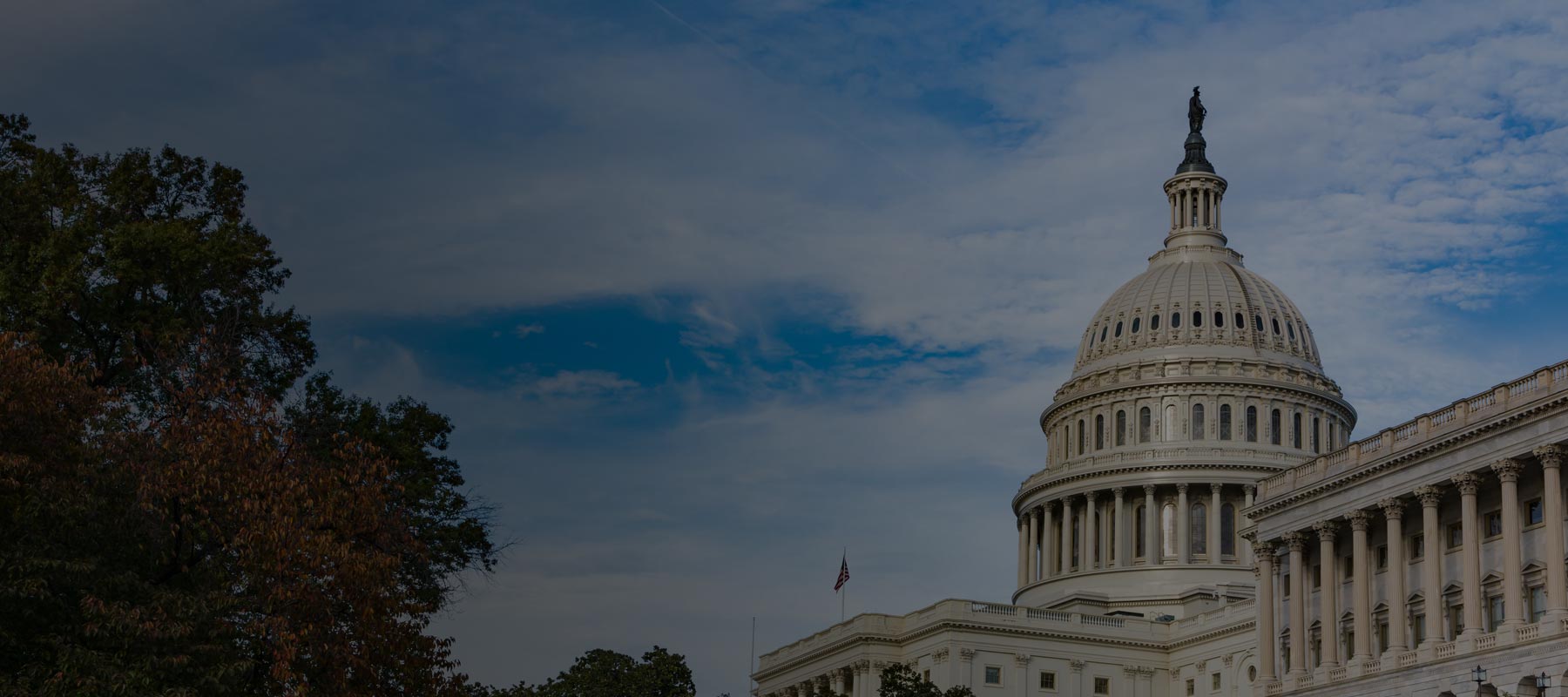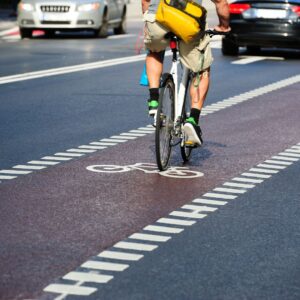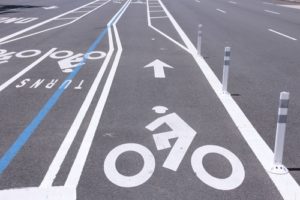Call Us Now
202-960-4596
Schedule a Free Consultation


In response to this and other alarming statistics, various national and local government and private advocacy groups have come to the rescue. The bicycle safety programs developed by these entities are critical to ensuring safer roads for cyclists.
To help you find a program in your city, we’ve compiled an extensive list of the leading bicycle safety programs in various US cities. Don’t see your city on the list? Read to the end to learn about national initiatives to promote safer roads for cyclists.
But first, let’s examine why bicycle safety programs are so important.
Cyclists are more at risk of getting into fatal and near-fatal accidents than other road users for many reasons. The combination of increased vulnerability, severity of injuries, specific crash risks, intersection accidents, and the growing presence of cyclists on the road contribute to increased threats to the safety of cyclists:
To combat these bicycle accident statistics, we need programs that enhance bicycle safety, promote awareness, provide education, and implement measures to create safer environments for cyclists.
While nationwide efforts toward bicycle safety are numerous and helpful, city-specific initiatives are essential, as circumstances and risk factors can differ substantially from one city to the next.

Cycle Therapy Racing in Auburn promotes youth bicycling as a means to improve mental health. They provide bikes, helmets, and safety gear to youth, offering free bike maintenance and bike safety education to empower local children through biking.
The San Francisco Bicycle Coalition‘s “Connecting the City” campaign aims to build 100 miles of bike paths and protected lanes, partnering with city agencies and local business leaders to advocate for better biking infrastructure.
Active Transportation Alliance in Chicago‘s Family-Friendly Bikeways Campaign was created to create protected bike lanes and infrastructure in suburban areas, focusing on making cycling safer and more accessible for children and less experienced cyclists.
Philadelphia introduced an Indego, an accessible bike-share program to increase cycling safety and ridership. Studies have shown that more cyclists on the road contribute to safer cycling conditions, making bike-shares an effective way to promote cycling.
Portland’s “Vision Zero” initiative aims to eliminate traffic deaths and serious injuries by 2025, focusing on improving safety for cyclists and pedestrians. To this end, the city has implemented various measures such as lower speed limits, enhanced crosswalks, and protected bike lanes.
Austin’s “Smart Trips Austin” program encourages residents to explore transportation options beyond driving alone, including biking. The program offers resources, incentives, and educational materials to promote safe cycling practices and increase bike ridership in the city.
The Minneapolis “Vision Zero” plan is a comprehensive initiative adopted by the City Council to eliminate traffic deaths and major injuries on city streets by 2027. This program prioritizes safe street interactions, including safer speeds, design strategies, investments, and policy decisions to create safe transportation networks for all users.
The Vision Zero Action Plan takes a holistic approach, involving various disciplines like communications, law, engineering, and health to develop and implement measures to reduce the number of major injuries and fatalities from crashes in Minneapolis to zero by 2027.
Seattle’s “Vision Zero” plan focuses on eliminating severe injuries and deaths in traffic accidents by 2030, with a strong emphasis on improving safety for vulnerable road users like cyclists. The city has financed the construction of protected bike lanes, traffic calming measures, and education campaigns to enhance bicycle safety.
Los Angeles has also implemented the “Vision Zero” initiative to reduce traffic fatalities, specifically to improve safety for cyclists and pedestrians. The city has introduced protected bike lanes, bike-friendly infrastructure improvements, and safety education programs to create a safer cyclist environment.
NYC partners with organizations to host free helmet fitting events and has supplied over 300,000 free bicycle helmets to New York cyclists. With over 1,375 miles of bike routes, the city boasts the most extensive bicycle network in North America. It continues to build safe cycling infrastructure to encourage more New Yorkers to travel by bike.
The NYC Department of Transportation evaluates the impact of bicycle lanes on safety, mobility, and economic vitality through studies, pilot programs, and bicycle counts, reflecting the city’s commitment to promoting safer cycling environments.
Salt Lake City implemented one of the nation’s first “protected bike intersections” in the Fall of 2015, incorporating safety elements like corner refuge islands, forward stop bars, setback bike crossings, and bike-friendly signal phasing to enhance cycling safety at intersections.
The value of this initiative is evident when one considers that nearly 30% of fatal bicycle accidents in 2019 occurred at intersections. These are often dangerous due to limited visibility for both drivers and cyclists. Common intersection accident scenarios, such as right-of-way violations, can lead to collisions between cyclists and motor vehicles, with varying degrees of fault, depending on the circumstances.
Car-Free Key West emphasizes safety for pedestrians, cyclists, and bus users in Key West, a city known for its vibrant atmosphere and high visitor traffic.
The program provides safety tips for all modes of island travel, including guidelines for walkers, cyclists, eBikers, and drivers. It promotes predictability, alertness, and lawful behavior for all road users to ensure a safe and enjoyable environment for everyone.
Bike Works, a non-profit organization in Seattle, utilized grant funds to support their BikeMobile and Bikes-for-All! Programs. They provided free bike repair services, distributed bikes, and safety gear. They also educated the community on bicycle repair, contributing to promoting bicycle safety in South Seattle.
This organization in South King County focuses on early childhood education and expanded its offerings to include bicycle safety. With support from Bike Works, they provided bike safety lessons, group rides, and free bikes, helmets, and locks to African immigrant and African American youth, fostering a safer biking environment for children in the community.
If you don’t see your city on our list, you can do additional research to find city-based initiatives in your area. There are also several public- and private-sector organizations that run bicycle safety programs nationally or statewide:

In fact, studies have shown that bicycle safety programs improve safety-related knowledge and behavior among participants, contributing to the prevention of accidents and injuries.
By implementing comprehensive bicycle safety programs, we can educate, protect, and reduce the number of bicycle accidents and injuries in the United States, ultimately creating a safer environment for cyclists nationwide.
Have you or your loved one sustained injuries in Washington DC, Maryland or Virginia? Regan Zambri Long PLLC has the best lawyers in the country to analyze your case and answer the questions you may have.